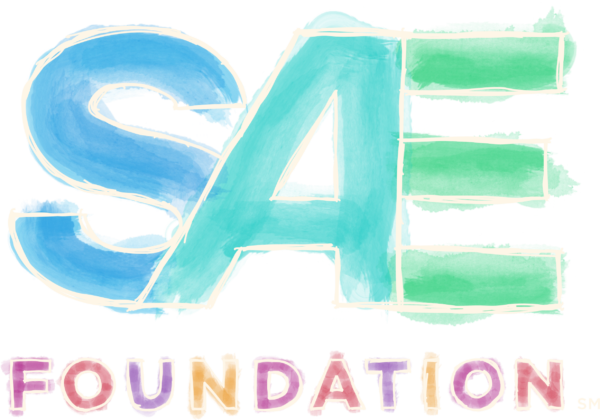Introducing SAE AWIM® Programming Each Other
General Motors’ partnership with SAE International brings computer programming into elementary schools.
More than three years in the making, General Motors’ (GM) latest initiative in partnership with SAE International answers the growing need for information technology (IT) education in schools.
GM and SAE saw an opportunity to make a difference in schools—and the future workforce pipeline—across the nation, particularly in areas without computer labs or computers in students’ homes. Computing occupations make up 58% of all projected new jobs in STEM fields, and computer science (CS) is one of the highest-paid bachelor degrees. Yet not many schools teach CS, let alone require CS credits for high school graduation.
In this environment demanding updated skills for new careers, SAE, in partnership with GM, developed the curriculum for Programming Each Other, with the goal of filling the gaps between the jobs of tomorrow and the education of today. Programming Each Other will become the newest challenge from the A World In Motion® (AWIM) program, nurturing STEM skills at the PreK-8 level.
Each lesson in the Programming Each Other challenge includes optional tech extensions and supporting videos, as well as opportunities for students to apply their knowledge and present their findings in a collaborative environment. However, Programming Each Other is designed as an “unplugged” way to introduce students to IT, so it doesn’t require access to computers to help students grasp basic CS fundamentals. Instead, students learn to write programs by developing computational thinking skills with increasingly complex tasks.
Set to launch early next year, Programming Each Other engages students with a challenge—they receive a letter from a fictional publisher requesting ideas for a book to introduce young children to programming. The publisher asks students to write programs for accomplishing everyday tasks.
Within this exciting premise, students explore basic setbacks inherent to programming, and new levels of difficulty are designed to introduce specific concepts, including loops, conditional statements, variables and error handling. To make learning goals more complex, students write examples of flawed instructions as well as effective programs, using technical terminology to explain their revisions. This creates an effective way for students to learn the fundamentals of programming.
After an initial smaller pilot test, the curriculum was field tested across the United States with educators for grades 3–6. Teachers shared in-depth feedback that further strengthened the curriculum.
“My students gained a lot from this unit. They were able to work with the coding vocabulary at a hands-on level, which I think is so helpful for them,” said one educator who participated in the field test. “My school also participated in Hour of Code while we were doing this unit. My students were excited to add loops and if-then conditionals to their coding since they actually knew what those things were now.”
Another educator added: “I like the idea of using everyday tasks to teach the basics of how programming begins, simply because students today are so plugged in to digital technology.”
Programming Each Other is a good introduction to computer science, said another educator who participated in the field test. “The students were engaged and eager to do each lesson. They never seemed bored, overwhelmed, or overly frustrated.”
Programming Each Other joins GM’s other AWIM collaborations: Fuel Cell, Gravity Cruiser, Making Music and Cybersecurity: Keeping Our Network Secure. The AWIM program also includes Straw Rockets, Pinball Designers, Rolling Things, Engineering Inspired By Nature, Skimmer, JetToy, Motorized Toy Car and Glider.
This new AWIM challenge is another step in SAE’s educational continuum. To expand on the success of Programming Each Other and Cybersecurity: Keeping Our Networks Secure and provide critical curriculum to teachers and schools, SAE is seeking partners to develop age-appropriate IT curricula for all grade levels.
Your involvement in launching additional programs will make a sustainable impact in closing the IT workforce gap. With the support of our donors, we’ve reached more than 6 million students and brought more than 30,000 industry professionals into classrooms across the globe. With your help, the SAE Foundation will inspire curiosity in STEM.
